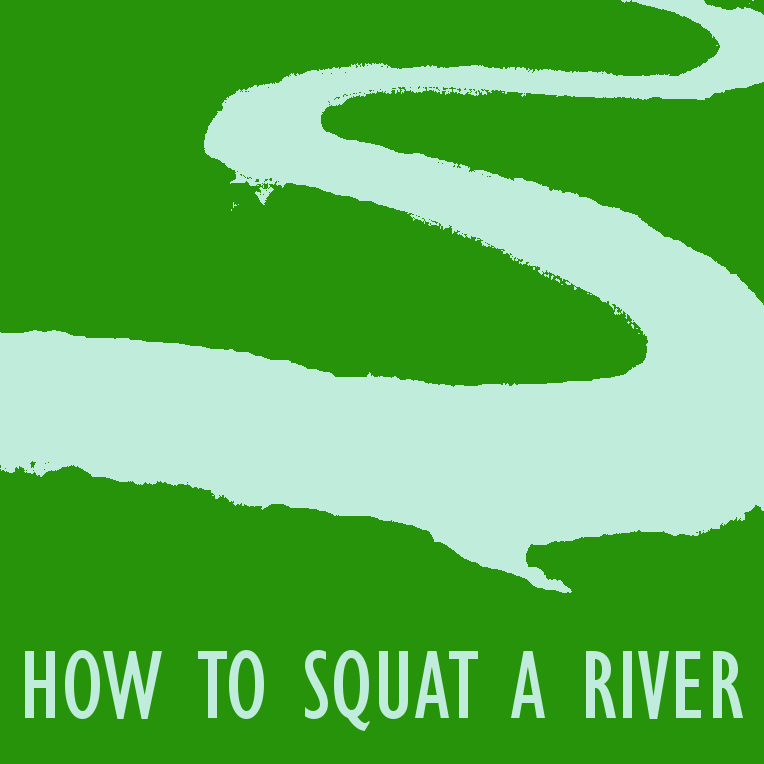
Sorry, this entry is only available in Português. For the sake of viewer convenience, the content is shown below in the alternative language. You may click the link to switch the active language. As obras do eixo verde e azul já começaram em Sintra. Ao longo do mês de maio puderam ver-se, na encosta do Monte Abraão que desce até ao rio Jamor, máquinas da Câmara Municipal de Sintra (CMS) a trabalhar e a mover terras. Primeiro pânico, depois a questão: então e as hortas? Uma curta caminhada ao longo do rio permitiu ver que a maior parte das hortas ainda existe, muito embora se note que algumas já foram abandonadas pelos seus hortelãos, provavelmente também assustados com as máquinas da Câmara. É incrível, como tão pouco tempo bastou para que esse abandono se traduzisse em mato desordenado e lixo – evidenciando este facto, mais uma vez, a importância […]



 Português
Português








